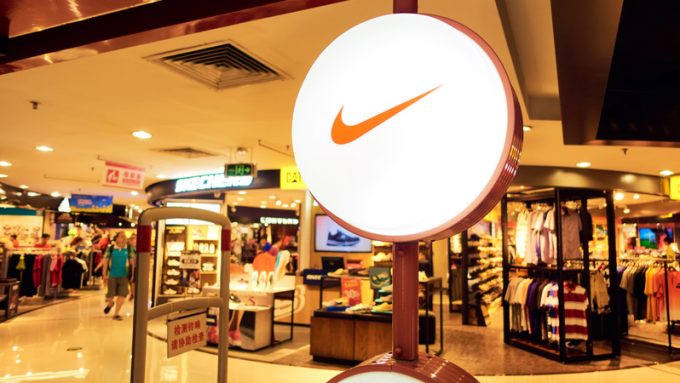ZH: Nike 'permanently' laying off 740 employees at world headquarters
ZERO HEDGE writes: US athletic footwear and apparel company Nike announced late in the cash session on ...

Nike’s plan to reduce its manufacturing-to-market supply chain from 60 days to 10 was used as evidence in a Loadstar op-ed piece last week as representing one of the biggest threats to container shipping and established big box logistics. Much of it revolves around a long-term programme to relocate its production facilities much closer to its most important end market, North America. It will be heavily reliant on help from its 3PL, Flex, and is examined in detail in this article on Quartz, which compares an contrasts its efforts with the Adidas Speedfactory in Germany. It is perhaps fitting that competition between the two main players in the design and manufacture of running shoes has now become a supply chain race.
Etail by air – here to stay or on a short shelf life?
HMM sees opportunities in Hapag-Lloyd’s exit from THE Alliance
The rise and rise of China's ecommerce platforms
Increasing scrutiny could stall rise of ecommerce platforms, as TikTok faces US ban
Legal battle heats up over 'unseaworthy' and 'reckless' MV Dali
DSV chief reticent on Schenker: the focus on growing market share
Another strong month for US ports as container flows continue to rise
MSC redeploys 'Israel-linked' box ships away from Persian Gulf
Alex Lennane
email: [email protected]
mobile: +44 7879 334 389
During August 2023, please contact
Alex Whiteman
email: [email protected]
Alessandro Pasetti
email: [email protected]
mobile: +44 7402 255 512

Comment on this article